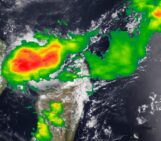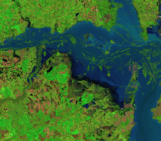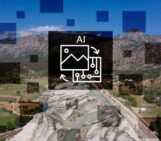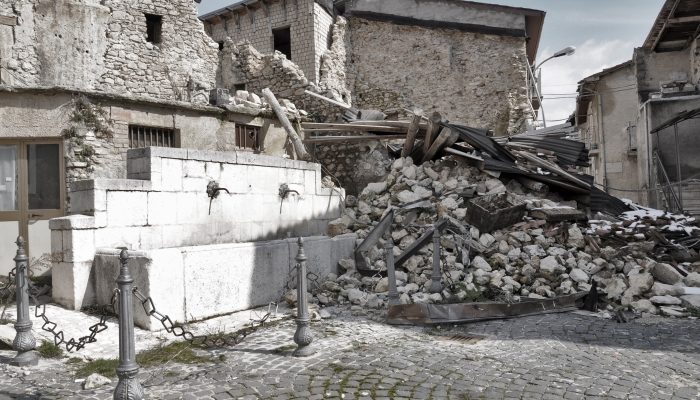
Every natural event that causes damage to the built environment must be followed by recovery; however, this phase of disaster risk management has received less attention from academics than the others [1]. In all its aspects, disaster recovery has remained a contentious topic, with experts debating its definition, approaches, objectives, activities, and even when it should begin and finish [2–4].
Recovery, from early recovery activities to major construction, is a long-term process that might take years or decades to complete [5]. Reconstruction efforts following the 2009 earthquake in L’Aquila (Italy) are still ongoing and expected to be completed by 2023 [6]. Some fundamental problems on urban systems or even on a national scale may emerge during this long-term demanding process [7]. These issues include poor governance, inappropriate institutionalisation, inequity, and a lack of trust between the government and the people. Although the problems may have been present before the disaster, in many cases, the dire circumstances bring them to light, expose them, and increase their visibility and palpability during the recovery phase [8]. However, the period of recovery is when tough choices should be made. Decisions about the distribution of temporary facilities during the recovery period [9], the allocation of resources to different sectors [10], the prioritisation of the various building reconstruction [11], and the establishment of the recovery’s ultimate goal [12] are amongst these decisions. Determining whether to take transformational actions, such as transferring the entire system to a new place, or attempting to reconstruct the damaged urban system, is a dilemma that decision-makers must sometimes choose between [13].
Making these decisions without being aware of all the many aspects of the community and urban systems would certainly not produce favourable outcomes. In other words, it is not just about making decisions; it is about making proper all-inclusive decisions that take into account the advantages of all groups and the opinions of all various professionals [14].
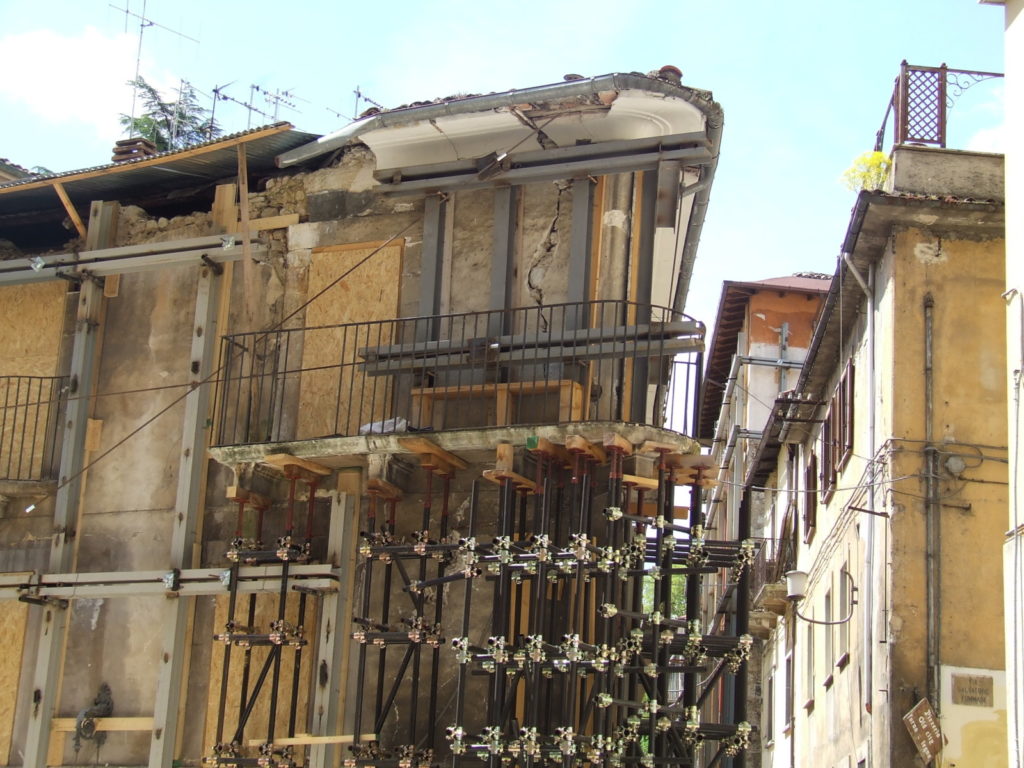
L’Aquila one year after the earthquake, May 2010. A building propped after the 2009 earthquake. The money was spent on propping, so no real funds remained to retrofit. Instead, neighbourhoods were built outside the city. (Photo credit: Maria Bostenaru Dan, distributed via imaggeo.egu.eu)
Stakeholder involvement is the ideal approach for bringing together the opinions of various groups and professionals in projects and plans of general interest; disaster recovery projects are no exception [15]. However, effective stakeholder involvement requires first understanding which stakeholders, with what goals, to what extent, and with what practical mechanism should be involved. Following that, it’s crucial to decide who will coordinate all parties engaged and within what political context.
Furthermore, the social climate would not continue as usual after a disaster. Expectations of the affected population, media focus on the disaster, and pressure from competing political parties all demand quick decisions [8]. Consequently, decisions must be made as promptly as possible; still they also have a long-term impact on the outlook and policies of society, influencing how it will develop in the future. Some of these decisions’ incompatibility with what was expected to be done by the community may take years to become apparent, and decision-makers may only realise their mistake after investing a significant amount of money and time in it. In the case of L’Aquila, it is argued that the recovery led to spatial fragmentation and a lack of resilience since a significant amount of time and resources were merely devoted to the restoration of the people’s dwellings without taking into account other vital factors in population needs [16].
If a disaster area is situated in a multi-risk environment, the problem will become more complex. An illustrative example is the case of an earthquake with a moment magnitude of 7.3 that occurred in western Iran in November 2017. As the affected people were dealing with a dust storm at the beginning of the damaged area’s recovery phase. Additionally, large areas of Iran, including the western region, were devastated by significant flash floods from mid-March to April 2019. This event caused additional damage to structures that had already been damaged or that had been partially repaired. People who were attempting to recuperate from one catastrophe kept encountering new ones. Decision-makers should, therefore, not just be concerned with recovery but also be cautious about potential other perils and get prepared for them [17].
A recovery plan is required to address all of the above-described problems. This will ensure that communities “build back better” after a natural hazard event, having precisely assessed and examined the urban system and its components, such as the resident population and existing infrastructures. This type of planning should be prepared in advance and should be supported by all stakeholders.
The time after a disaster is unsuitable for establishing a recovery plan. However, convincing decision-makers to think about recovery plans before a disaster seems challenging. Even more challenging than persuading decision-makers and other stakeholders to devote time and resources to other disaster risk management cycle phases like mitigation, preparedness, and response. Nevertheless, it is essential that not only should a recovery plan be developed, but that recovery effort should also begin before a disaster strikes. Otherwise, as was already noted, postponing recovery planning until after a disaster would result in repeated unsuccessful recovery operations.
References
[1] G. P. Smith and D. Wenger, “Sustainable Disaster Recovery: Operationalizing An Existing Agenda,” in Handbook of Disaster Research, H. Rodríguez, E. L. Quarantelli, and R. R. Dynes, Eds. New York, NY: Springer, 2007, pp. 234–257. DOI: 10.1007/978-0-387-32353-4_14.
[2] S. Sobhaninia and S. T. Buckman, “Revisiting and adapting the Kates-Pijawka disaster recovery model: A reconfigured emphasis on anticipation, equity, and resilience,” International Journal of Disaster Risk Reduction, vol. 69, p. 102738, Feb. 2022, DOI: 10.1016/j.ijdrr.2021.102738.
[3] K. Tierney and A. Oliver-Smith, “Social dimensions of disaster recovery.,” International Journal of Mass Emergencies & Disasters, vol. 30, no. 2, 2012.
[4] G. Winkworth, “Disaster recovery: a review of the literature,” Australian Catholic University, Report, 2007. DOI: 10/Winkworth_2007_Disaster_Recovery_Literature_Review.pdf.
[5] M. Dunford and L. Li, “Earthquake reconstruction in Wenchuan: Assessing the state overall plan and addressing the ‘forgotten phase,’” Applied Geography, vol. 31, no. 3, pp. 998–1009, 2011.
[6] D. Contreras, T. Blaschke, S. Kienberger, and P. Zeil, “Myths and realities about the recovery of L׳ Aquila after the earthquake,” International Journal of Disaster Risk Reduction, vol. 8, pp. 125–142, 2014.
[7] J.-C. Gaillard and J. Mercer, “From knowledge to action: Bridging gaps in disaster risk reduction,” Progress in human geography, vol. 37, no. 1, pp. 93–114, 2013.
[8] I. R. International Recovery Platform, Learning from Disaster Recovery: Guidance for Decision Makers: Executive Summary. International Recovery Platform, 2007.
[9] D. Sanderson and J. Burnell, Beyond Shelter after Disaster: Practice, Process and Possibilities. Routledge, 2013.
[10] M. Lyons, “Building Back Better: The Large-Scale Impact of Small-Scale Approaches to Reconstruction,” World Development, vol. 37, no. 2, pp. 385–398, Feb. 2009, DOI: 10.1016/j.worlddev.2008.01.006.
[11] G. Mudassir, “Social-Based Physical Reconstruction Planning in Case of Natural Disaster: A Machine Learning Approach,” in Research Challenges in Information Science, Cham, 2020, pp. 604–612. DOI: 10.1007/978-3-030-50316-1_44.
[12] S. Cheng, E. Ganapati, and S. Ganapati, “Measuring disaster recovery: bouncing back or reaching the counterfactual state?,” Disasters, vol. 39, no. 3, pp. 427–446, 2015.
[13] S. Blackburn, “What Does Transformation Look Like? Post-Disaster Politics and the Case for Progressive Rehabilitation,” Sustainability, vol. 10, no. 7, Art. no. 7, Jul. 2018, DOI: 10.3390/su10072317.
[14] C. H. Davidson, C. Johnson, G. Lizarralde, N. Dikmen, and A. Sliwinski, “Truths and myths about community participation in post-disaster housing projects,” Habitat International, vol. 31, no. 1, pp. 100–115, 2007.
[15] B. K. Sovacool, “Don’t let disaster recovery perpetuate injustice,” Nature, vol. 549, no. 7673, pp. 433–433, 2017.
[16] D. Contreras, T. Blaschke, and M. E. Hodgson, “Lack of spatial resilience in a recovery process: Case L’Aquila, Italy,” Technological Forecasting and Social Change, vol. 121, pp. 76–88, Aug. 2017, DOI: 10.1016/j.techfore.2016.12.010.
[17] M. C. de Ruiter, A. Couasnon, M. J. van den Homberg, J. E. Daniell, J. C. Gill, and P. J. Ward, “Why we can no longer ignore consecutive disasters,” Earth’s future, vol. 8, no. 3, p. e2019EF001425, 2020.
Post edited by Asimina Voskaki and Joana Parente

